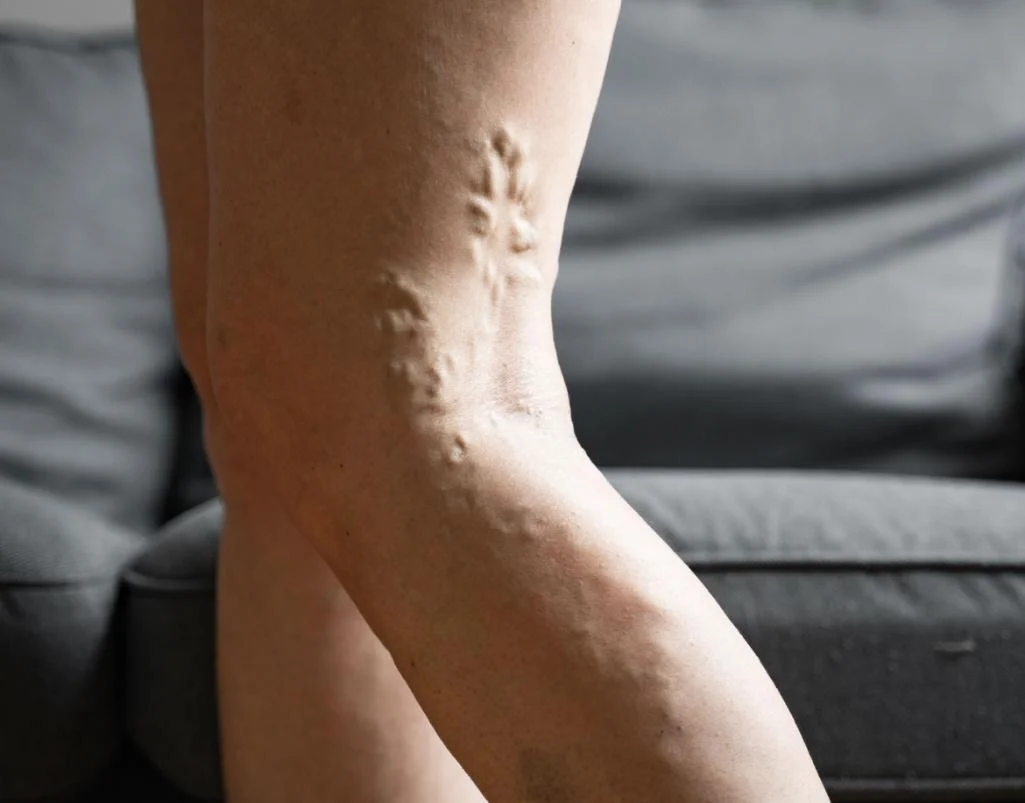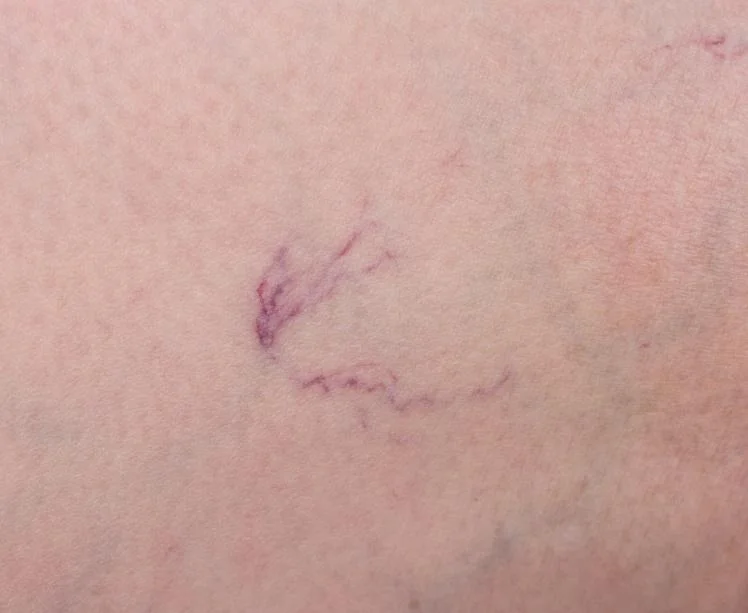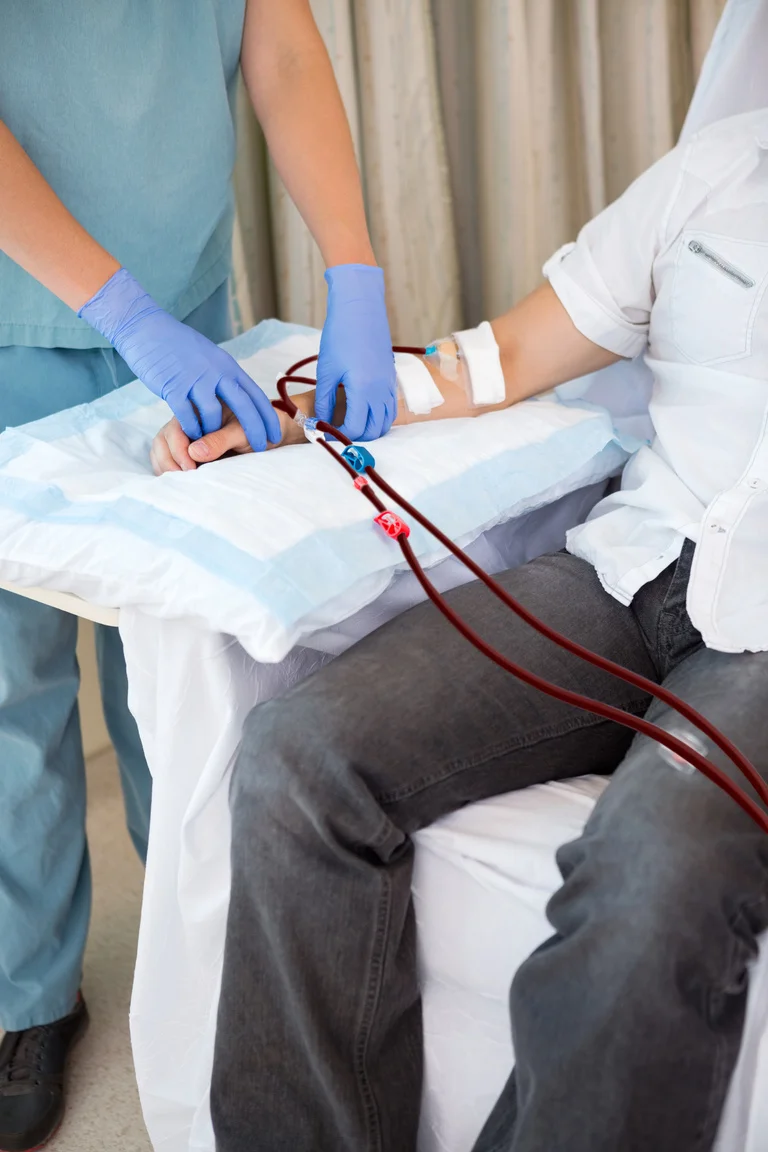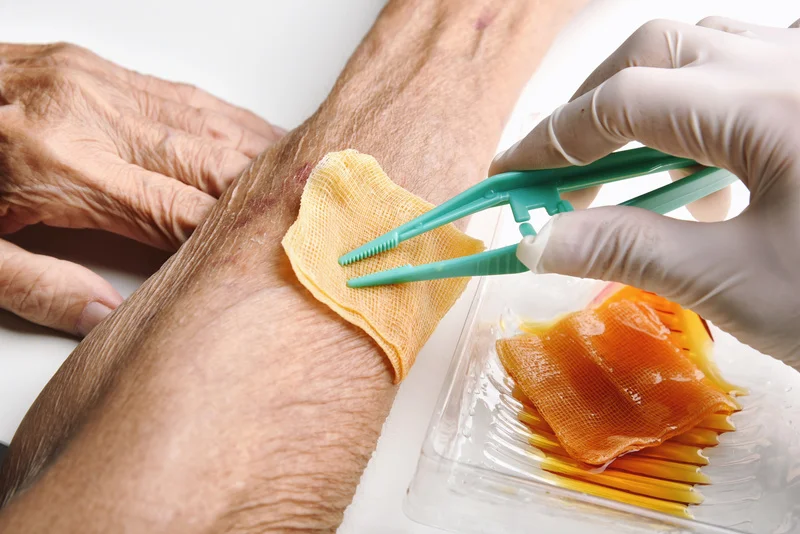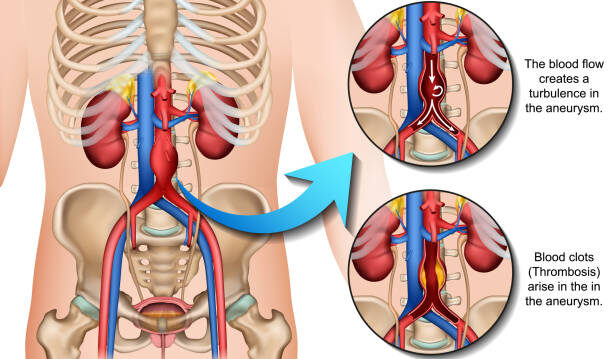Dark spots on the legs are a common concern for many individuals, often prompting questions about their cause and the best ways to address them. While these spots are usually harmless, understanding their causes can help in managing them effectively and maintaining healthy skin. In this article, we’ll explore the various factors that contribute to dark spots on the legs, with a focus on vascular-related causes. We will also discuss available treatments to restore your skin’s natural appearance.
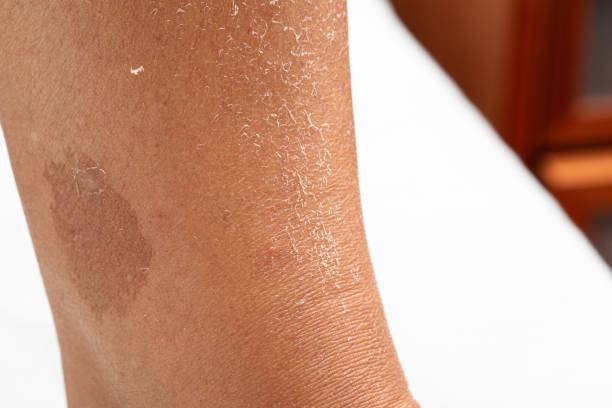
What Causes Dark Spots on the Legs?
Dark spots, also known as hyperpigmentation, occur when there is an overproduction of melanin, the pigment responsible for skin color. Several factors can lead to this overproduction, resulting in uneven skin tone and dark patches. Here are some of the primary causes:
Sun Exposure Prolonged exposure to the sun’s ultraviolet (UV) rays can trigger an increase in melanin production as the skin attempts to protect itself. This often results in dark spots, especially in areas frequently exposed to the sun.
Hormonal Changes Fluctuations in hormones, such as those experienced during pregnancy or with the use of certain contraceptives, can lead to melasma. Although melasma is more common on the face, it can also appear on the legs.
Post-Inflammatory Hyperpigmentation After an injury or inflammation, such as cuts, scrapes, or skin conditions like eczema and acne, the skin may darken as it heals. This type of hyperpigmentation can leave noticeable dark spots on the legs.
Varicose Veins and Chronic Venous Insufficiency (CVI) Varicose veins, which are swollen and twisted veins visible under the skin, can cause blood to pool in the legs. This pooling can lead to skin discoloration and the formation of dark spots around the affected areas.
Skin Disorders Certain skin conditions, including lipodermatosclerosis, dermatitis herpetiformis, acanthosis nigricans, and lichen planus, can cause dark pigmentation on the legs.
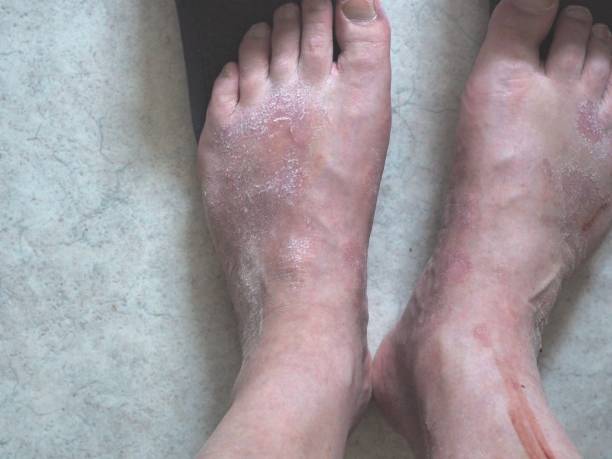
Link between Chronic Venous Insufficiency and Dark Spots on Legs
Varicose veins and lipodermatosclerosis represent part of the spectrum of CVI that can significantly impact the appearance and health of your legs.
Varicose Veins
Varicose veins occur when the valves within the veins become weakened or damaged, leading to poor blood circulation and blood pooling. Common symptoms include:
- Visible, bulging veins that are often dark blue or purple
- Aching or heavy feeling in the legs
- Swelling and discomfort after prolonged standing
- Skin changes such as itchiness or thickening around the affected veins
The chronic blood pooling associated with varicose veins can increase melanin production, resulting in dark spots and uneven skin tone.
Lipodermatosclerosis
Lipodermatosclerosis is a condition characterized by inflammation and fibrosis of the fat tissue under the skin, typically resulting from chronic venous insufficiency. Symptoms include:
- Red, inflamed, and hardened skin, especially above the ankles and extending towards the calves
- Persistent pain, swelling, and tenderness in the legs
- Development of leg ulcers, which can lead to further skin discoloration and damage
- In advanced stages, the skin may become brown, leathery, and shiny
Early recognition and management of these conditions are crucial to prevent severe skin changes and maintain leg health.
When to Seek Medical Attention for Dark Spots on Your Legs
While dark spots on the legs are often benign, certain signs indicate the need for professional evaluation. If you experience any of the following, it’s advisable to consult a vascular specialist:
- Persistent Itching or Discomfort If the darkened areas on your legs are accompanied by ongoing itching or discomfort that doesn’t respond to over-the-counter treatments, it may signal an underlying issue.
- Rapid Changes in Spot Size or Shape Sudden enlargement or irregular changes in the shape of dark spots should be evaluated to rule out more serious conditions.
- Bleeding or Ulceration Any bleeding or ulceration within the pigmented areas warrants immediate medical attention to prevent further complications.
- Chronic Pain Persistent or worsening pain in the pigmented regions can indicate vascular problems that need to be addressed.
- Swelling and Edema Significant swelling or puffiness around the dark spots may point to circulatory issues that require professional intervention.
Early diagnosis and treatment can alleviate discomfort and prevent the progression of skin discoloration and other related complications.
Effective Treatments for Dark Spots on Legs
Addressing dark spots on the legs involves targeting the underlying cause to achieve lasting results. Here are some common treatment approaches:
Lifestyle Modifications For conditions like varicose veins and lipodermatosclerosis, lifestyle changes can significantly improve symptoms and reduce pigmentation:
- Regular Exercise: Enhances blood circulation and reduces blood pooling in the legs.
- Leg Elevation: Elevating your legs above heart level helps decrease swelling and improves blood flow.
- Compression Stockings: These specialized stockings apply pressure to the legs, promoting better circulation and reducing swelling.
Medical Procedures In more severe cases, medical interventions may be necessary to address vascular issues (should they be deemed the causative factor):
- Sclerotherapy: A procedure where a solution is injected into varicose veins, causing them to collapse and fade.
- Endovenous Ablation (eg. Radiofrequency Ablation): Uses heat or laser therapy to close off problematic veins, improving blood flow.
- Surgical Interventions: In cases of advanced venous insufficiency, surgery may be required to remove or repair damaged veins.
Topical Treatments For post-inflammatory hyperpigmentation and melasma, topical treatments can help lighten dark spots:
- Prescription Creams: Medications containing ingredients like hydroquinone, retinoids, or corticosteroids can reduce pigmentation.
- Over-the-Counter Products: Creams with vitamin C, glycolic acid, or kojic acid can also help lighten dark spots over time.
Wound Care For those with leg ulcers, proper wound care is essential to promote healing and prevent further skin damage:
- Cleaning and Dressing Ulcers: Keeping ulcers clean and properly dressed helps prevent infection and encourages healing.
- Advanced Wound Care Techniques: In some cases, specialized treatments may be necessary to support ulcer healing and skin regeneration.
Need Expert Vascular Care?
Book an appointment with Dr. Darryl Lim today and get a personalized treatment plan for your vascular health.

Personalized Solutions for Healthier Legs
Managing dark spots on the legs effectively requires a comprehensive approach that addresses both cosmetic concerns and underlying health issues. Consulting with a vascular specialist like Dr. Darryl Lim can provide you with personalized treatment plans tailored to your specific needs.
Don’t let dark spots on your legs affect your confidence or well-being. By understanding the causes and seeking appropriate treatment, you can achieve healthier, more even-toned skin. Reach out to us today to begin your journey to healthier legs.


